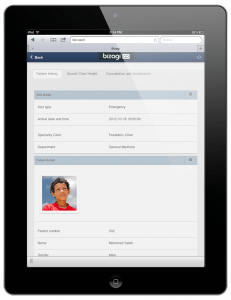Don’t Shrink - Rethink
Add bookmark
 Because when it comes to reengineering business processes, you just can’t put lipstick on a pig.
Because when it comes to reengineering business processes, you just can’t put lipstick on a pig.

 Because when it comes to reengineering business processes, you just can’t put lipstick on a pig.
Because when it comes to reengineering business processes, you just can’t put lipstick on a pig.
25 April, 2024
Online

02 May, 2024
Online

May 07 - 08, 2024
Free PEX Network Webinar Series

14th – 16th May 2024
Pullman Albert Park, VIC

16 May, 2024
Online

23 May, 2024
Online

Insights from the world’s foremost thought leaders delivered to your inbox.
2024-06-06
11:00 AM - 12:00 PM EDT

2024-05-30
11:00 AM - 12:00 PM EDT

2024-05-23
11:00 AM - 12:00 PM EDT

Reach Process Excellence professionals through cost-effective marketing opportunities to deliver your message, position yourself as a thought leader, and introduce new products, techniques and strategies to the market.
Join Process Excellence Network today and interact with a vibrant network of professionals, keeping up to date with the industry by accessing our wealth of articles, videos, live conferences and more.
Process Excellence Network, a division of IQPC
Become a Member today!
Already an IQPC Community Member?
Sign in Here or Forgot Password
Sign up now and get FREE access to our extensive library of reports, infographics, whitepapers, webinars and online events from the world’s foremost thought leaders.
We respect your privacy, by clicking 'Subscribe' you will receive our e-newsletter, including information on Podcasts, Webinars, event discounts, online learning opportunities and agree to our User Agreement. You have the right to object. For further information on how we process and monitor your personal data click here. You can unsubscribe at any time.